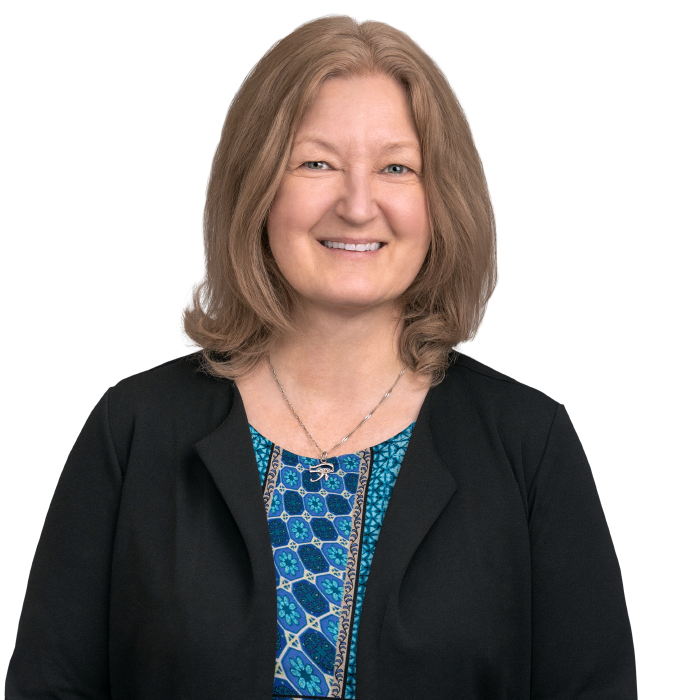
New Macro Cell Tower Emergency Generator Law in California
Cities and Counties Must be Ready for Jan. 1 Effective Date
As wildfires and power shutoffs continue to impact large areas of California, Gov. Gavin Newsom signed a law that requires expedited permitting of applications to install emergency standby generators for macro cell towers. With similar concerns in mind, the California Public Utilities Commission is also taking action to establish resiliency requirements for wireless networks.
Assembly Bill 2421
Wireless facilities provide important phone and Internet access for first responders and the general public during both day-to-day life and emergencies. Wildfires and power shutoffs impact wireless facilities’ ability to stay operational. Citing the importance of wireless services during emergencies, the Legislature adopted AB 2421, which Newsom signed into law on Sept. 29. The law goes into effect on Jan. 1, 2021 and will remain in effect until Jan. 1, 2024.
Qualifying Sites: AB 2421 focuses on backup power for macro towers, which provide far-reaching coverage. The law makes a permitted use the installation of specified configurations of standby emergency generators at previously permitted macro cell tower sites. The law does not apply to “rooftop, small cell, or outdoor and indoor distributed antenna system sites.” Small cell facilities are commonly installed on streetlights and utility poles in the public right of way and are often referred to as 5G installations.
Qualifying Generator Configurations: The law limits the types of generator configurations that qualify for expedited treatment. The generator must be rated below 50 horsepower, compliant with applicable air quality regulations, have a double-wall storage tank, not to exceed 300 gallons, and be mounted on a concrete pad. The emergency standby generator must comply with all applicable state and local laws and regulations, including building and fire safety codes. The physical dimensions of the emergency standby generator and storage tank cumulatively may not exceed 250 cubic feet in volume. The placement of the generator shall not be more than 100 feet from the physical structure of the macro cell tower or base station.
Time for Action: A city or county must review the application within a 60-day deadline. This 60-day period is suspended if, within 10 days of submission, the local agency notifies the applicant in writing that the application is incomplete and describes what application content or information is missing. The first incompleteness notice must mention all missing items, as subsequent incompleteness notices cannot request the submission of any information that was not described in the initial notice. Any resubmittal of an application starts a new 60-day period. Finally, if the local agency requires more than one permit application for the installation of an emergency generator, all applications submitted concurrently shall be acted upon within the same 60-day period.
Deemed Approved Remedy: An application is deemed approved if the local agency has not approved or denied the application within 60 days of receiving it or upon the expiration of any tolling period. How this will work in practice is somewhat unclear. The law does not explain how a tolling period can be created. Under FCC shot clock rules, the parties can toll the shot clock through mutual agreement, which is often referred to as a tolling agreement. Also, if a local agency’s initial reviewing authority denies an application, and the decision is appealed, it is unclear whether the appeal must also be completed within the 60-day deadline. Under FCC shot clock rules, the appeals are included.
How This Fits With Existing FCC Wireless Shot Clocks: Applications to add generators to existing macro sites would already be subject to FCC shot clocks that have state or federal deemed granted remedies. Localities must continue to track and comply with any applicable FCC shot clocks as well. Notably, cities and counties have 30 days to issue incompleteness notices under FCC shot clock rules for these installation types and the notice only stops the shot clock; it does not reset the clock. Therefore, a situation could arise in which a local agency still has time to act under AB 2421 but has run out of time under the applicable FCC shot clock.
Local Agency Response
Local governments should prepare for this new law by updating their permitting processes and application forms for emergency standby generators associated with macro cell towers. The local agency should ensure the updated application form will:
- capture the necessary information to determine if an installation qualifies for processing under AB 2421,
- obtain the information needed to make an informed decision on an application to install an emergency standby generator and
- facilitate the issuance of an incompleteness notice, if needed.
CPUC Is Also Focused on Wireless Network Resiliency
With similar concerns about reliable communications in emergency situations the CPUC adopted a decision requiring California’s facilities-based wireless providers to develop resiliency strategies to prepare for disasters and power outages. The July 16 decision gives wireless providers 12 months to implement a 72-hour backup power requirement for the wireless providers’ facilities to maintain minimum service coverage to Tier 2 and Tier 3 High Fire Threat Districts during disasters or commercial grid outages. The wireless providers must file resiliency plans with the CPUC that include a description of their ability to maintain minimum service during disasters and power grid outages. The CPUC acknowledges that there may be grounds for specific wireless facilities to be excluded from the 72-hour backup requirement, such as infeasibility or due to specific existing federal, state, tribal or local laws. However, a local government’s ability to exclude backup power generators at macro cell sites is now curtailed by AB 2421. Finally, while they are permitted to use diesel generators as a primary backup power source, the wireless providers must “explore ways to transition to renewable generation for backup power.”
On Aug. 19, the wireless industry requested a rehearing challenging the legality of the state mandate and arguing federal preemption. On Sept. 11, the CPUC’s Public Advocates Office, along with joint consumer parties, filed a response supporting the CPUC’s July 16 decision and urging the CPUC to deny the industry’s petition for rehearing. For now, local governments should follow developments in this proceeding, as this may result in further industry requests to install backup power facilities.
Disclaimer: BB&K Legal Alerts are not intended as legal advice. Additional facts, facts specific to your situation or future developments may affect subjects contained herein. Seek the advice of an attorney before acting or relying upon any information herein.



